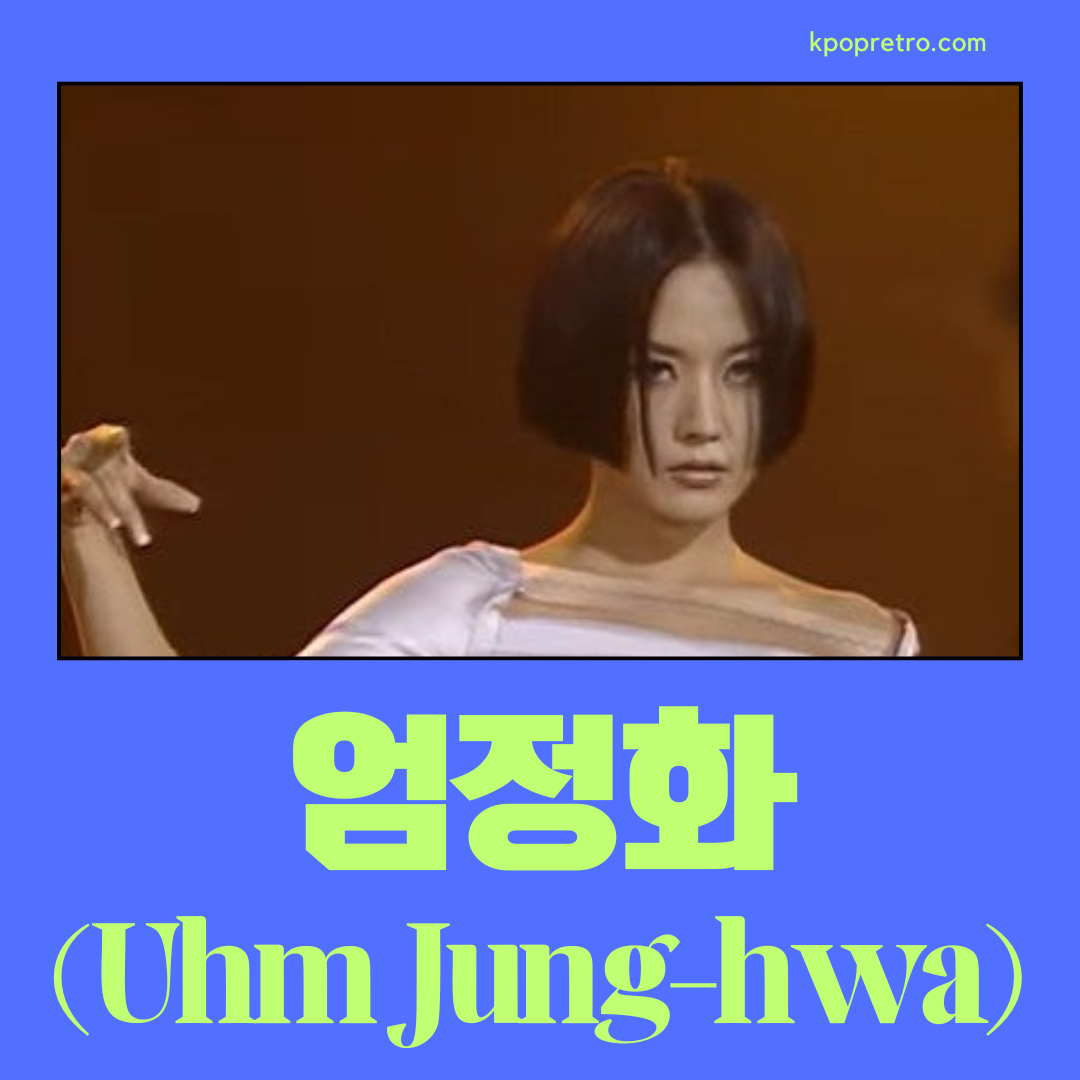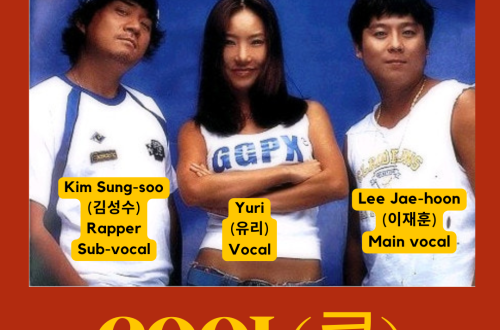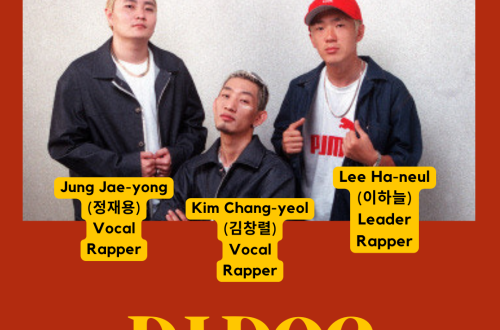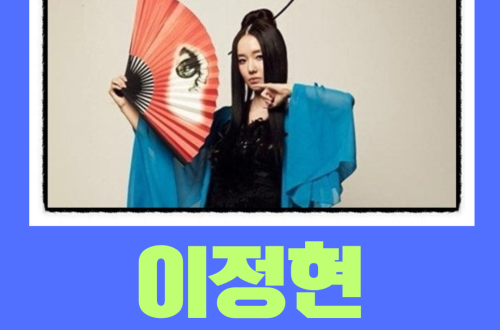🌟 Introduction
Uhm Jung-hwa (엄정화) is often called “the Madonna of Korea”,
having redefined what it meant to be a female solo artist in K-pop.
Debuting as an actress and then transitioning to music in 1993, she became the first female solo artist to dominate both the charts and the stage with her powerful vocals, daring concepts, and trendsetting fashion.
Her success proved that female soloists could be as influential as idol groups during the first generation of K-pop.
👤 Artist Background
- Born: August 17, 1969
- Debut: 1993 (album Sorrowful Secret)
- Notable Labels: Universal Music Korea, YBM Seoul Records
She started in the film and TV industry, but her breakthrough as a singer came in the late 1990s, when she embraced bold choreography, catchy dance-pop, and ever-changing fashion styles that made her a cultural icon.
🎶 Music & Legacy
Uhm Jung-hwa is known for her constant reinvention and high-impact performances.
Her representative hits include:
- Invitation (초대) (1998) — Sensual and stylish
- Poison (1998) — The song that crowned her as Korea’s diva
- Festival (1999) — Bright and cheerful anthem
- Come 2 Me (2006) — Trendy Y2K dance-pop
Her music defined the “female diva” archetype in K-pop and influenced generations of artists.
🌍 Cultural Impact
- Uhm Jung-hwa broke the stereotype of female singers being “soft” or “innocent,” showing that they could be strong, bold, and charismatic.
- She opened the door for performance-centered female soloists like BoA, Lee Hyori, Sunmi, and CL.
- Her fashion, makeup, and choreography trends set industry standards in the late 90s.
🎤 Fun Facts
- She is one of the few Korean artists to have successful careers in both acting and singing.
- Nicknamed “Queen of Transformation” for her ability to change concepts every comeback.
- Continues to release music and perform, proving her decades-long star power.
Uhm Jung-hwa is more than a singer — she is a trailblazer who reshaped the role of women in K-pop.
Her charisma, creativity, and daring style made her the ultimate diva of the 90s and an eternal icon in Korean pop culture.





